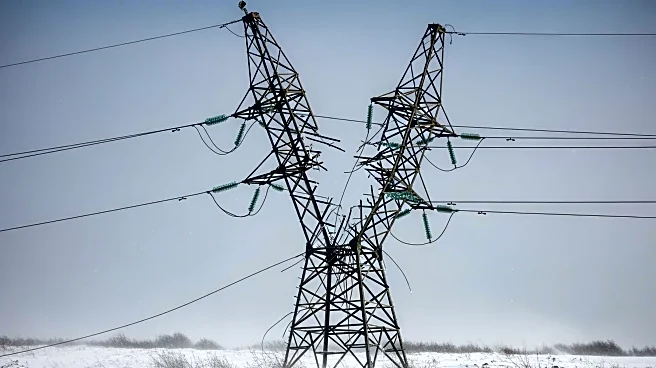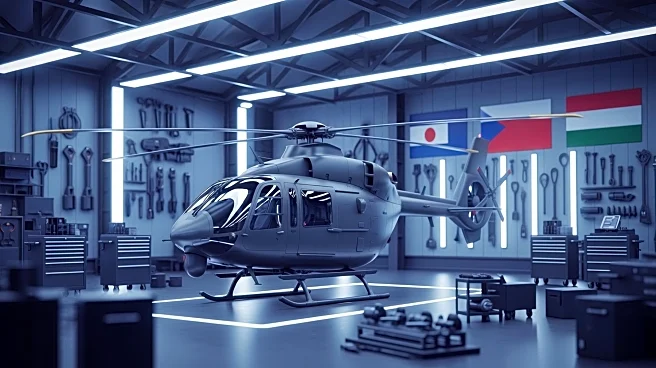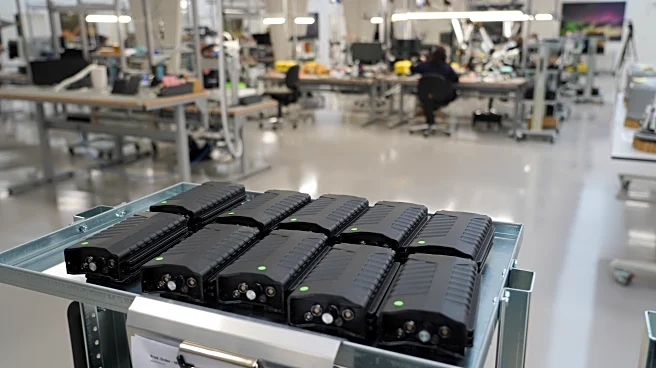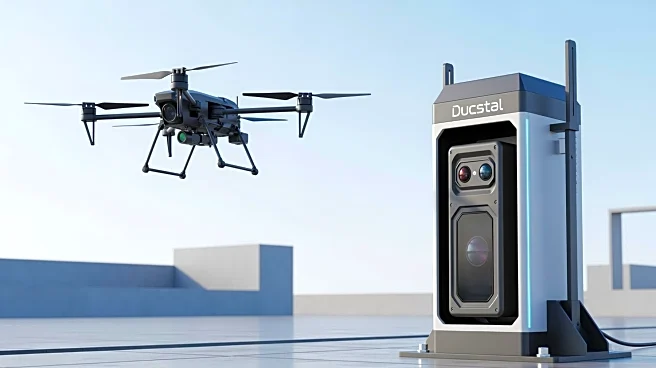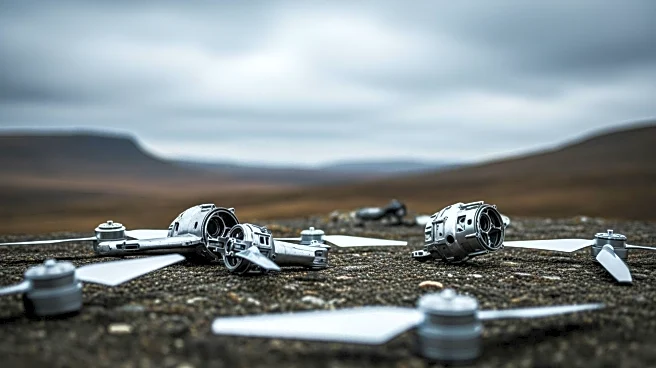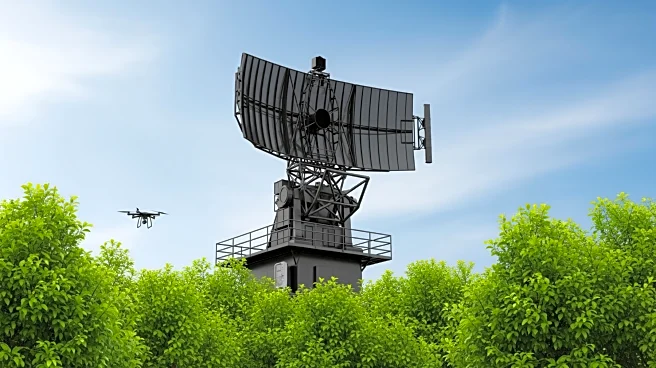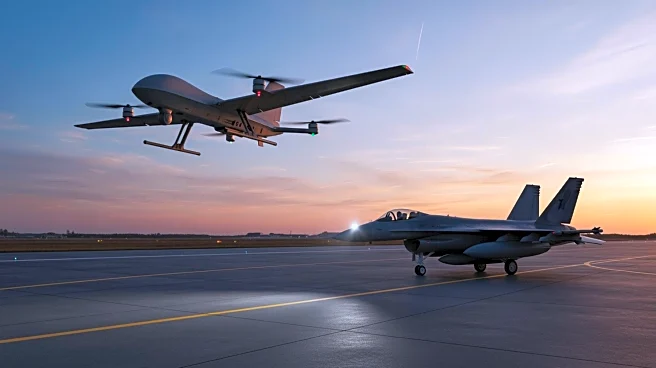What's Happening?
Russian drone incursions over European airspace have sparked concerns among NATO nations, highlighting vulnerabilities to unmanned aerial vehicles. In response, European leaders are backing plans for a 'drone wall' to detect and neutralize UAVs. A Latvian
tech company, Origin, is developing an interceptor drone named 'Blaze,' powered by AI to autonomously target hostile drones. The Ukrainian government estimates Russia is producing over 300 drones daily, prompting Ukraine to establish a dedicated military branch for drones.
Why It's Important?
The increase in Russian drone activity poses a significant threat to European security, prompting NATO to enhance its defenses. The development of technologies like the 'drone wall' and interceptor drones represents a shift in military strategy, focusing on countering UAV threats. This situation underscores the need for international cooperation and technological innovation to address emerging security challenges. The conflict in Ukraine serves as a catalyst for advancements in drone defense systems, influencing global military policies.
What's Next?
NATO and European nations will likely continue investing in drone defense technologies to protect critical infrastructure and airspace. The deployment of systems like the 'drone wall' could lead to increased security measures and collaboration among member states. As drone warfare evolves, countries may need to adapt their military strategies and develop new technologies to counter these threats effectively. The situation may also prompt discussions on international regulations and agreements regarding drone use in conflict.
Beyond the Headlines
The rise of drone warfare raises ethical and legal questions about targeting and civilian safety. The development of autonomous systems like 'Blaze' highlights the role of AI in modern military operations, influencing future technological advancements. The situation underscores the importance of balancing security needs with ethical considerations in the use of advanced technologies.


